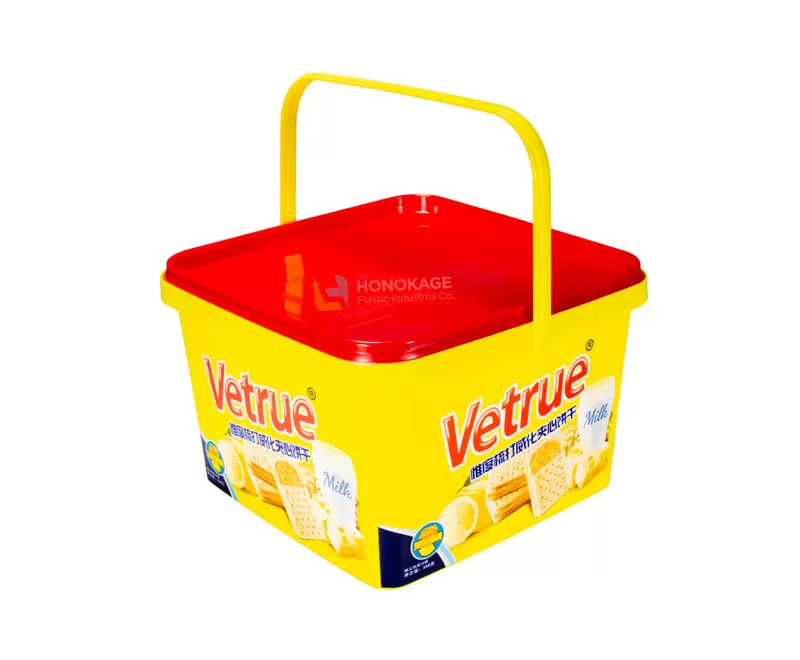How do you make plastic buckets?
Making plastic buckets typically involves a manufacturing process known as injection molding. Here is a step-by-step overview of how plastic buckets are produced:
1. Material Preparation:
The primary material used for making plastic buckets is polypropylene (PP) or high-density polyethylene (HDPE), both of which are thermoplastic resins. These materials are often provided in the form of small plastic pellets or granules.
To begin the manufacturing process, the plastic material is carefully measured and mixed to ensure the right blend of raw materials. This mixture can include colorants and additives for UV resistance or other properties.
Injection molding is the central process for shaping the plastic material into a bucket. It involves a mold, which consists of two halves, the "cavity" and the "core," that form the bucket's shape when closed together.
The plastic pellets are heated until they melt into a molten state. This molten plastic is then injected into the mold under high pressure using a screw or plunger system. The pressure helps to fill the mold cavity completely and evenly.
The mold is kept closed for a specific cooling period to allow the plastic to solidify and take the shape of the bucket. Cooling can be accelerated with the use of coolant channels within the mold.

Once the plastic has solidified, the mold is opened, and the newly formed bucket is ejected from the mold. Excess plastic material, known as flash, is also removed at this stage.
3. Quality Control:
The produced plastic buckets undergo quality control checks to ensure they meet the required specifications. This includes inspecting for defects, dimensions, and surface finish. Buckets that don't meet the quality standards may be recycled or discarded.
4. Printing and Labeling (optional):
If the plastic buckets require labeling, branding, or additional information, this step involves screen printing or applying labels to the buckets. This is often done for marketing and product identification purposes.
5. Packaging:
After quality control and any necessary printing or labeling, the plastic buckets are packaged for distribution. They can be stacked and bundled together in boxes, bags, or on pallets, depending on the manufacturer's preference.
6. Distribution and Shipping:
The custom plastic buckets are now ready to be distributed to retailers, wholesalers, or end-users, depending on the manufacturer's market strategy. Distribution can involve local or international shipping, depending on the customer base and market reach.
It's important to note that the above steps represent a simplified overview of the plastic bucket manufacturing process. The specific details and equipment used can vary depending on the manufacturer's capabilities and the desired characteristics of the buckets, such as size, color, and additional features. Additionally, the recycling of plastic waste and the environmental impact of plastic production are important considerations in modern plastic manufacturing.
315
0
0

Comments
All Comments (0)